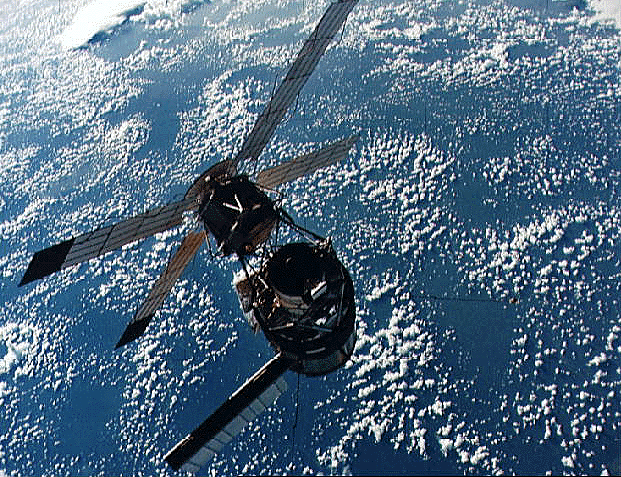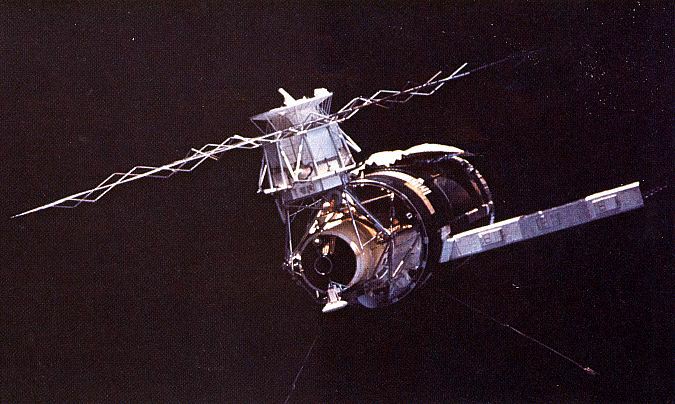Five years ago today — November 15, 2008 — the Space Shuttle Endeavour launched from Kennedy Space Center carrying equipment and materials for the International Space Station.

(View from inside Endeavour of part of an ISS truss solar panel against the backdrop of Earth. Thanksgiving eve, 2008. NASA image.)
The STS-126 crew — Christopher J. Ferguson, Eric A. Boe, Sandra H. Magnus, Stephen G. Bowen, Donald R. Pettit, Robert S. (Shane) Kimbrough and Heidemarie M. Stefanyshyn-Piper — spent over 2 weeks in space making modifications to the ISS. By the time they undocked to head back to Earth, leaving Magnus on the ISS and bringing Gregory E. Chamitoff home with them, they had installed an additional bathroom and waste processing system in order for the station to support six residents at a time. They also took part in four spacewalks, primarily to repair joints on the ISS solar arrays.
















